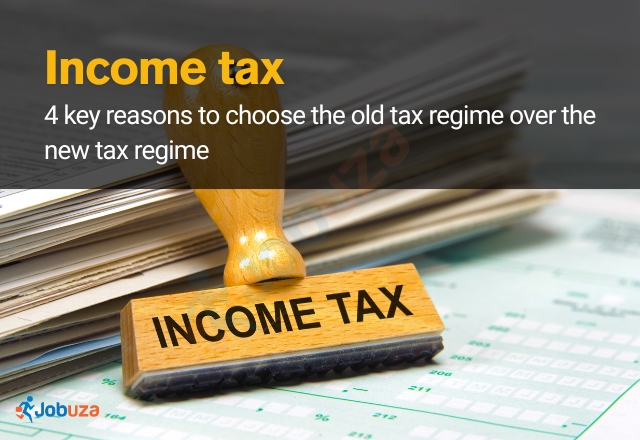Income Tax: 4 Situations Where the Old Tax Regime Is a Smarter Choice
As the financial year 2024–25 draws to a close, the income tax filing season is now underway. With the deadline to file Income Tax Returns (ITR) set for July 31, taxpayers have nearly three months to assess their finances and file their returns.
One of the most important decisions taxpayers must make is choosing between the old and new tax regimes. While the new regime offers lower tax slabs with simplified compliance, the old regime continues to appeal to many due to its wide range of deductions and exemptions.
Here are four key situations where the old tax regime may be the better option for you:
1. You Have Investments That Qualify for Tax Deductions
The old tax regime allows deductions under various sections such as 80C (for investments in PPF, ELSS, LIC, etc.), 80D (health insurance premiums), 80G (donations), and 80DD (expenses for dependent with disability), among others. If you have made these types of tax-saving investments, the old regime can help you significantly lower your taxable income.
On the other hand, the new tax regime offers limited deductions, mainly under sections like 80CCD(2) (employer contribution to NPS), 80CCH (Agniveer Corpus Fund), and 80JJAA (deduction for new employment). For individuals with substantial deductions, the old regime often results in greater tax savings.
2. You Are Eligible for House Rent Allowance (HRA) Exemption
If you are a salaried employee who pays rent and receives House Rent Allowance (HRA), the old tax regime may be more beneficial. Under Section 10(13A), HRA can be partially or fully exempt from tax, depending on your salary structure and city of residence.
This exemption is not available under the new tax regime. Therefore, those who claim a large HRA component can reduce their taxable income considerably under the old regime.
3. You Fall Into the Highest Tax Bracket
Under the old tax regime, the highest tax rate of 30 percent applies to income above ₹10 lakh. In contrast, the new tax regime applies the highest rate of 30 percent only after your income exceeds ₹15 lakh. While this might sound like an advantage for the new regime, it often doesn’t hold when deductions and exemptions under the old regime are taken into account.
If you are in the highest income bracket and have several eligible deductions, sticking with the old tax regime can result in a lower overall tax liability.
4. The Income Tax Calculator Shows Lower Tax Under the Old Regime
Tax planning should always be backed by a comparative analysis. Using an online income tax calculator is a practical step before finalizing your choice. These tools allow you to input your income, deductions, and exemptions to calculate your tax liability under both regimes.
If the calculator shows that your tax outgo is lower under the old regime, it’s a clear indicator that it’s the right choice for your financial situation.
Conclusion
Choosing between the old and new tax rule requires a careful evaluation of your income, deductions, and financial goals. While the new regime offers simplicity, the old regime continues to provide valuable tax-saving opportunities for many individuals. Before filing your ITR, take the time to compare both regimes and make a data-driven decision that minimizes your tax burden.



